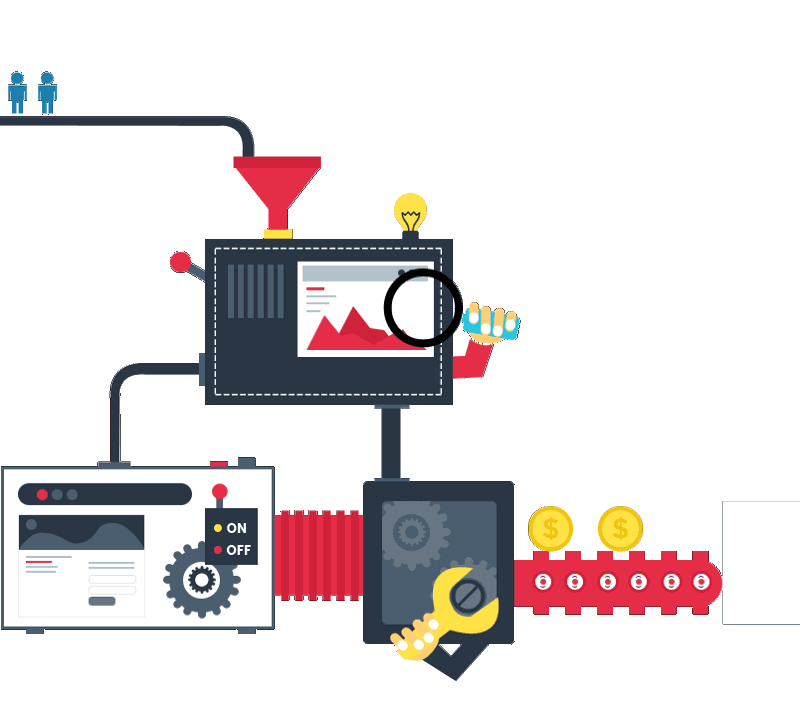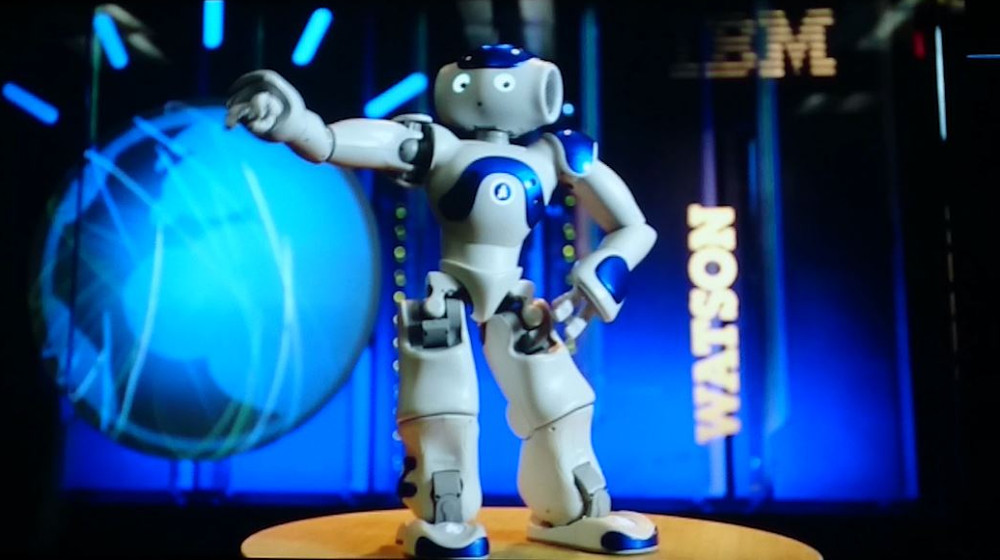
The process of making artificial intelligence seems to be so difficult. Looking at all those beautiful examples of AI, you understand that it’s possible to create interesting artificial intelligence software and systems. Depending on the goal, you need different levels of knowledge. Some projects require profound knowledge of AI, decision trees, logistic regression, continuous numeric prediction, etc. Other projects require just the knowledge of a programming language. But wait. What language should one choose? Here is a list of languages for artificial intelligence you’ll find helpful.
Lisp
The first computer language used for artificial intelligence is Lisp. This language is flexible and extendable. Such features as fast prototyping and macro utility are useful in artificial intelligence creating. In Lisp, complex programs are easy to write. Lisp is the language that makes powerful things in an easy way.
Lisp provides a clear mapping and makes systemic changes easy. The interactive read-eval-print loop is great for interacting with the program. Dynamic typing, condition system, powerful object system are the features that make Lisp one of the most popular languages for artificial intelligence programming.
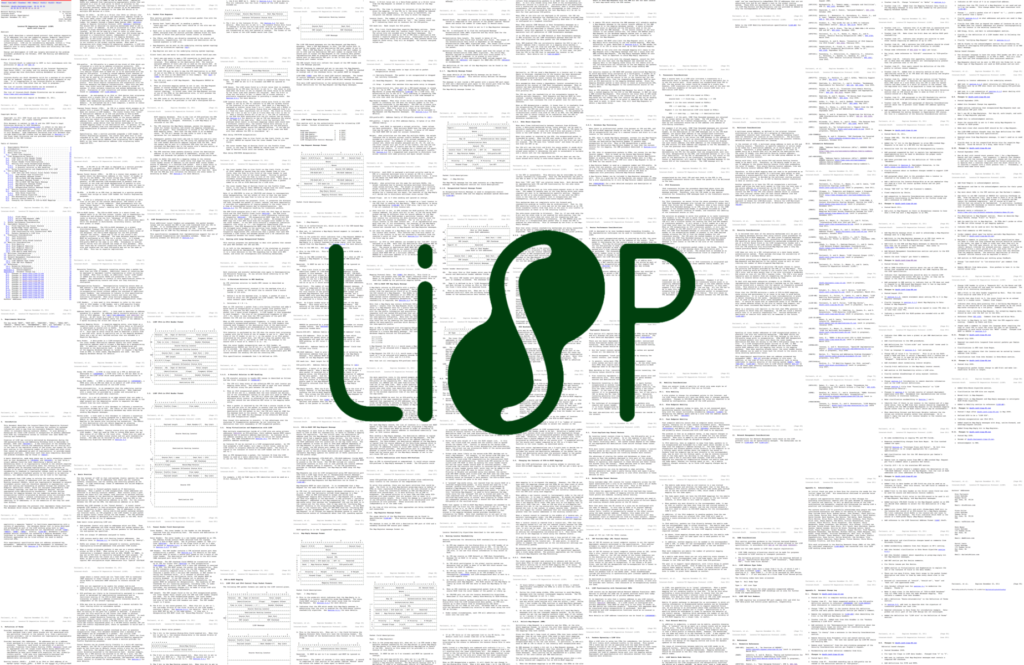
Java
The main benefits of this multi-purpose language include transparency, portability, and maintainability. The next advantage is Java’s versatility. If you are a beginner, you’ll like the fact that there are hundreds of tutorials on the Internet. That will make your learning easier and more effective.
The best Java’s features include debugging ease, a good user interaction, easy work with big projects, facilitated visualization, incorporation of Swing and SWT. Projects made with Java have appealing and sophisticated interfaces.
Prolog
This interactive symbolic language is popular for projects that require logic programming. Having a powerful and flexible framework, it is used widely for non-numerical programming, theorem proving, natural language processing, expert systems, and artificial intelligence in general.
Prolog is a declarative language with a formal logic. Artificial intelligence developers value it for the high level of abstraction, built-in search mechanism, backtracking mechanism, nondeterminism, recursive nature, and pattern matching.
Python
Python is widely used due to its clean grammar and syntax, fluency, and nice design. The language interoperability and modular programming also make this language good for AI. Correct data structures, a bunch of testing frameworks, the balance of high-level and low-level programming, documentation generation system are features that make Python one of the most popular languages for artificial intelligence programming.
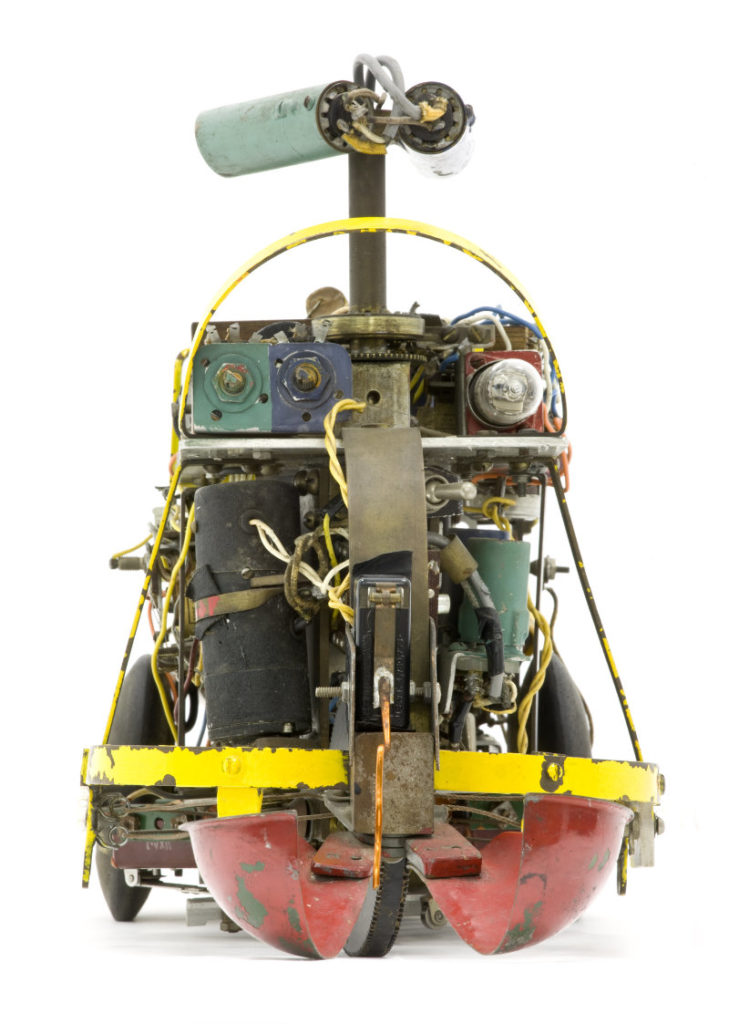
In order to see the connection between artificial intelligence and programming languages, let’s have a look at the most important events in AI history. Everything starts in 1939 when the Elektro robot is presented at World’s Fair. The next robot was built in 1951. The Robot Squirrel used light sensors for nuts hunting. It was conceived by Edmund Berkeley, the computer scientist.
Robby the Robot was built in 1956. Unfortunately, there is no information about how it was created. In 1958, the programming language Lisp was invented. What’s that cool about Lisp? The possibility of one program to view all information as data because all the info is in lists. Though this language was conceived 60 years ago, it’s still the main language for many artificial intelligence programs.
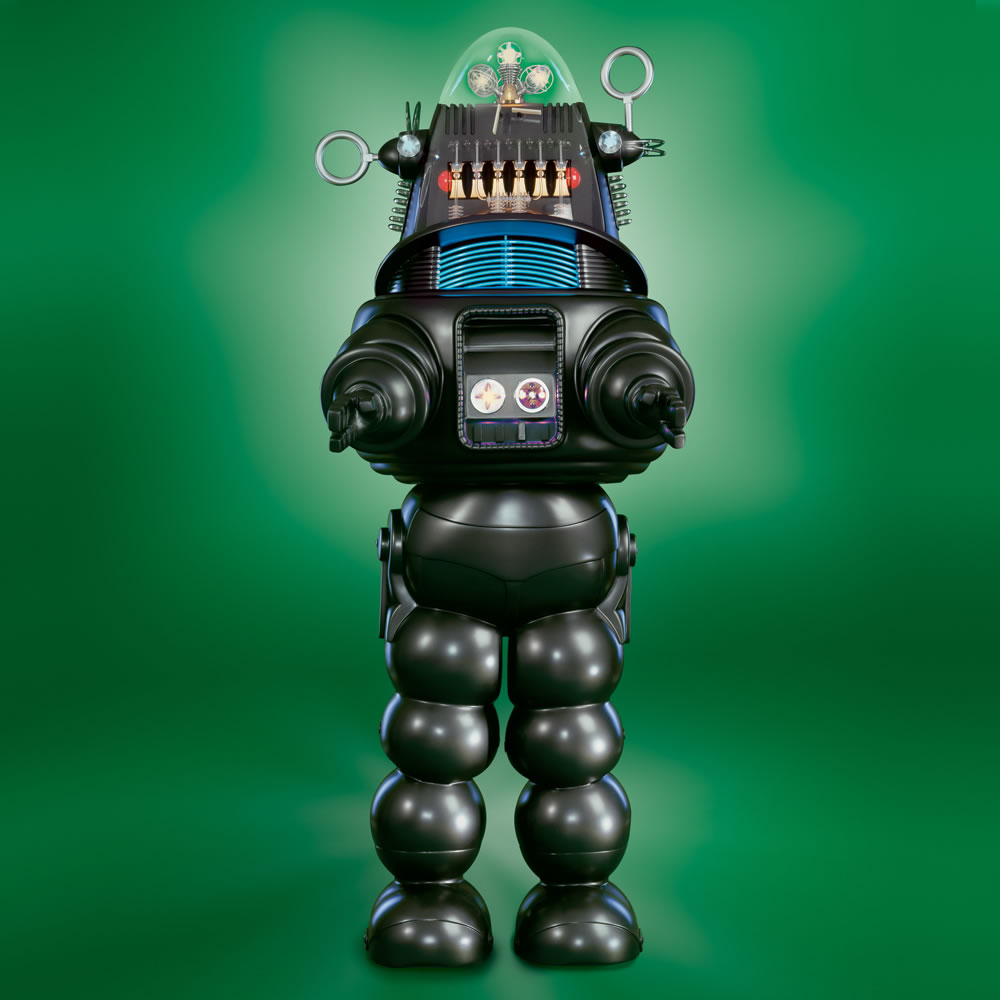
In 1961, UNIMATE was built. It’s the first industrial robot that has been mass-produced. This robot was used at General Motors for working on a production line. For making UNIMATE scientists used VAL, Variable Assembly Language. This language consists of easy phrases, monitor commands, and program instructions that are self-explanatory.
Dendral, the artificial intelligence system, was built in 1965. It could easily identify the molecular structure of organic compounds. This system was written in Lisp.
In 1966, Weizenbaum created Eliza, the first chatterbot. One of its most famous models was called Doctor as it responded to questions in a psychotherapist style. This chatbot was implemented with pattern matching techniques. The first version of Eliza was written in SLIP, a list processing language created by Weizenbaum. Later, one of its version was rewritten in Lisp.
The next interesting example of artificial intelligence development process is SHRDLU, the natural language understanding program that could understand simple commands, respond to statements, pick things, and move them. SHRDLU was created with Lisp and Micro Planner.
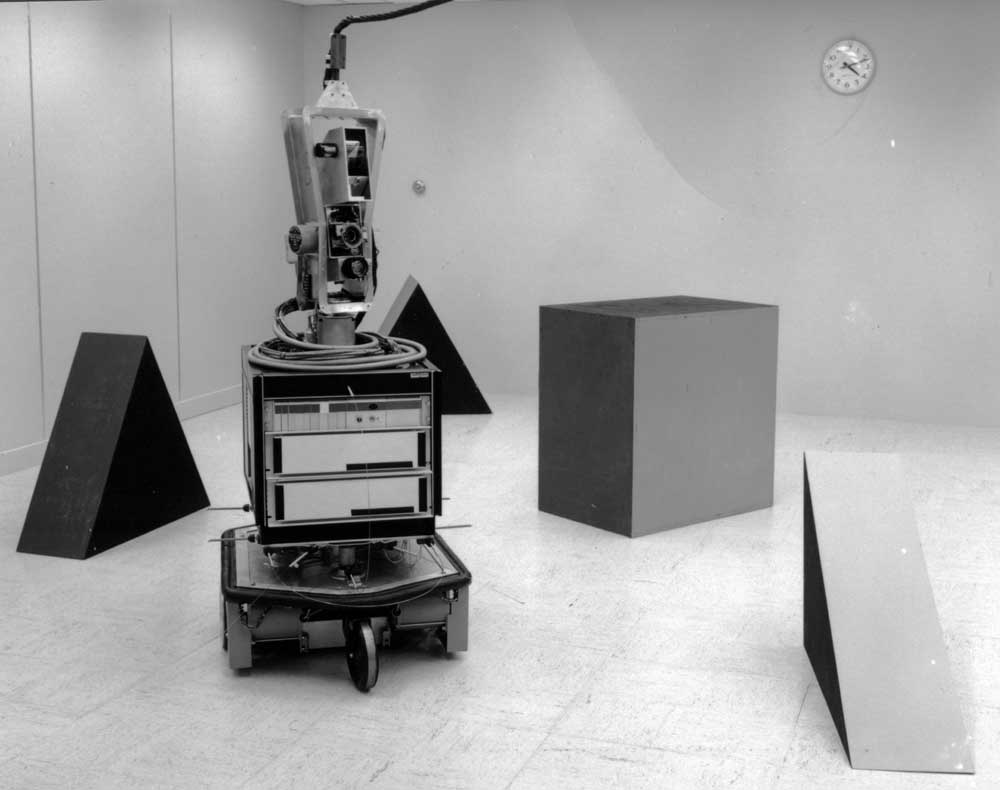
The first mobile robot programmed with Lisp was Shakey. With a help of a problem-solving program STRIPS and sensors, Shakey was moving, turning lights on and off, climbing up and down, opening doors, closing doors, pushing objects, moving things. Moving at a speed of 2mph, Shakey looked pretty cool.
The Hero Jr. robot kit was built with such high-level programming language as ANDROTEXT. Hero Jr. was entertaining. It could sing songs, play games, and function as an alarm. Being able to detect motion, this robot could become a great home guard.
During the next 15 years, the world saw a bunch of awesome inventions: Denning Sentry robot, LMI Lambda, Omnibot 2000, Deep Thought, Deep Blue, MQ-1 Predator drone, Furby, the AIBO robotic pet dog, and Honda’s ASIMO.
In 2003, the iRobot Roomba was introduced. Being built with Lisp, this autonomous vacuum cleaner was cleaning rooms using certain algorithms. It detects obstacles and avoids them. An interesting thing about Roomba is its insect-like reflex behavior.
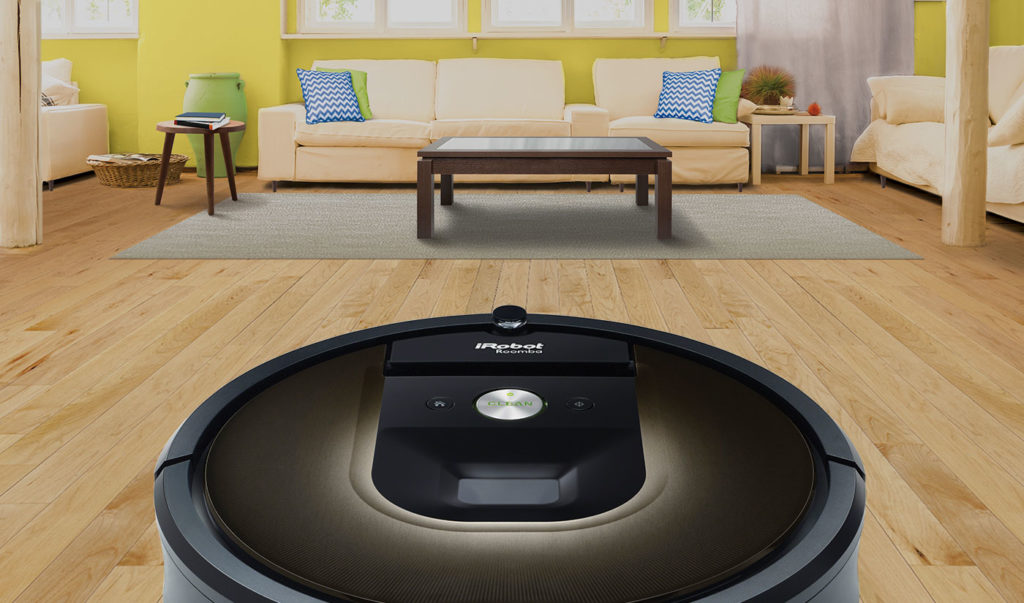
The next awesome event in the history of artificial intelligence development is the 2005 DARPA “Grand Challenge”. The main goal of this racing was to make self-driving cars more interesting to the public. Planning, execution, and data interpreting required a lot of software and hardware. Teams used the following languages: C, C++, C#, MATLAB, Java, and LabVIEW. Driving less than 7 hours autonomously, the Volkswagen Touareg R5 won. Its team used C++ and Linux.
Another great stage in the AI development is the Siri launch. Siri is a voice-activated personal assistant. Using the natural language recognition feature, Siri provides users with the needed information, answers their questions, set reminders, guides them, and offers walking directions.
As for the latest news, giant companies and SMEs focus on using artificial intelligence in their businesses. Many entrepreneurs do that with a help of chatbots. Here is an article that will help you find out how to do that.
If you think about the history of AI I’ve covered in this article, you’ll notice that there are many popular AI languages. Nevertheless, Lisp seems to be a leader. It’s been used for almost all inventions that have changed the science. What programming language will be the next Lisp? Let’s find out together.

